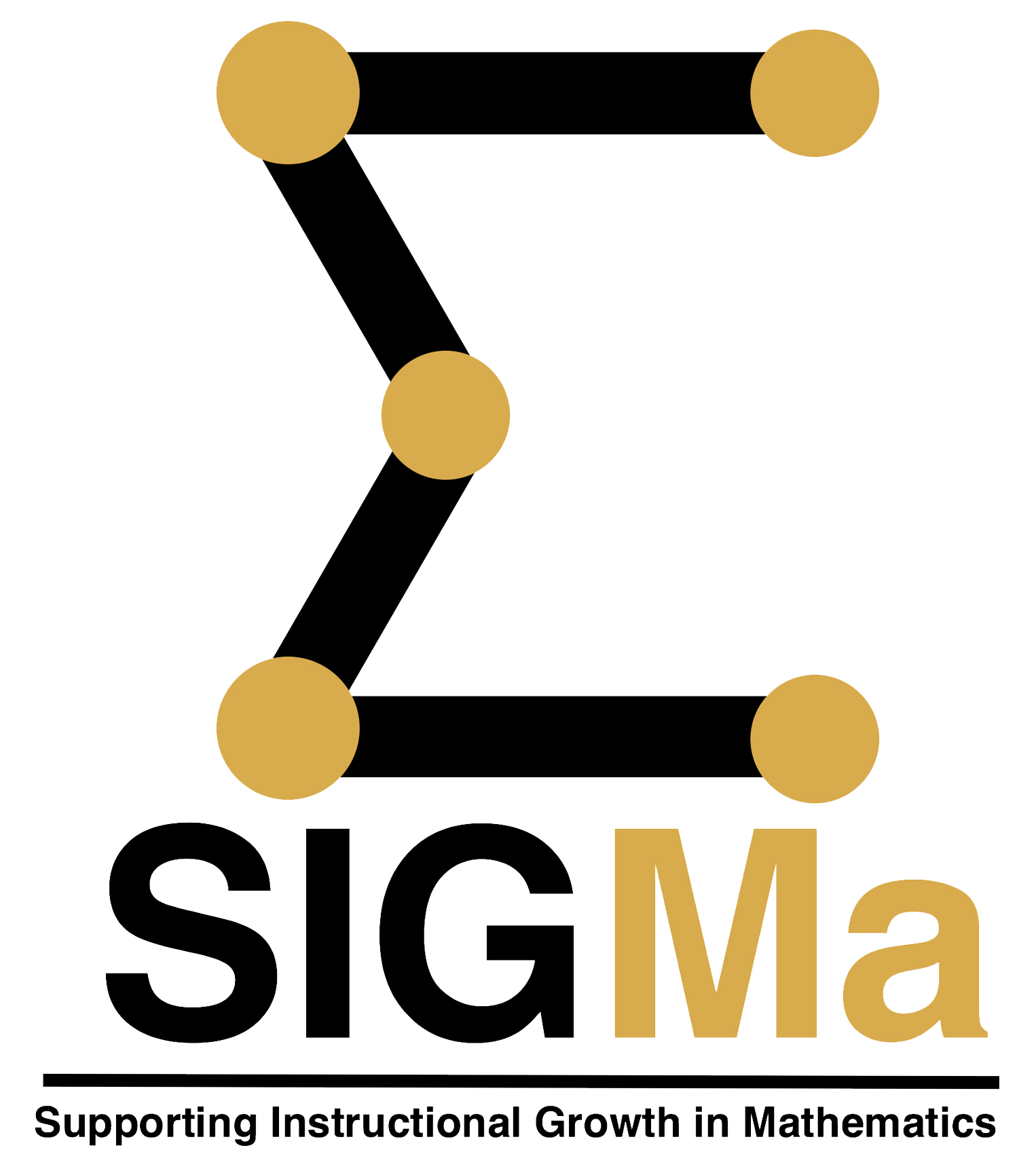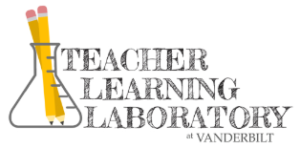
Project SIGMa is a research-practice partnership studying what it means
to support mid-career urban mathematics teachers in improving their practice.
The Problem
How do secondary math teachers take up recommendations from documents like the NCTM Standards to move toward what has been called “ambitious instruction”? Traditionally, committed professionals attend workshops, collaborate with colleagues, read books, and tinker in the privacy of their classrooms. However, when things don’t go as they expect, teachers have few resources to adjust and continue on their path to improvement.
The feedback built into the educational system is often insufficient. Building administrators do not always have the content expertise to push their instruction. Standardized tests are often difficult for teachers to decipher–and arrive too late in the year–to be useful. Teachers invested in their own professional growth are searching for data sources that are helpful for their students’ success and for their own improvement.
Our study offers three critiques to “business as usual” in math teaching and learning:
- Typical professional development does not adequately support teachers’ learning of ambitious mathematics instruction. Teachers need timely and adequate feedback to make sense of their instruction
- Teachers’ own questions should be a point of departure for their learning
- The field knows a lot more about beginning math teachers’ learning but a lot less about experienced teachers
Using these critiques as a point of departure, our study focuses on mathematics teachers as sensemakers. Through our partnership with Math for America Los Angeles, our research team is developing a video-based coaching method that provides teachers with feedback that
- Reflects what happens in the classroom
- Doesn’t require so much translation to improve instruction
- Engages their questions about instruction by providing teachers with better information, so that teachers can adjust instruction and reach more students.


This material is based upon work supported by the National Science Foundation under Grant #EHR-1620920. Any opinions, findings, and conclusions or recommendations expressed in this material are those of the author(s) and do not necessarily reflect the views of the National Science Foundation.